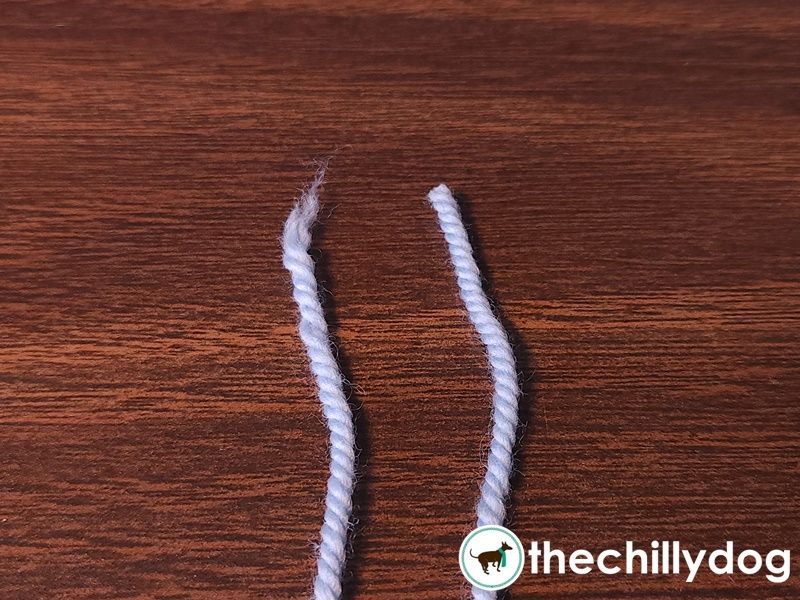Break or Cut?

I was recently asked why some patterns say to cut your yarn and some tell you to break your yarn. The answer is too good not to share with all my knitting friends.
There's more to explore in the Learning Library!

I was recently asked why some patterns say to cut your yarn and some tell you to break your yarn. The answer is too good not to share with all my knitting friends.
There's more to explore in the Learning Library!